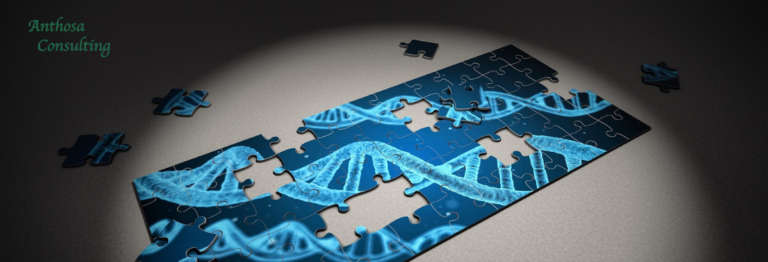Paradigm Shift in Healthcare

Transforming Patient Experience and Operational Efficiency Powered by IoT, Cloud, AI, and Blockchain
In an era characterised by rapid technological advancements, the healthcare industry is undergoing a profound transformation. The integration of Internet of Things (IoT) devices, cloud computing, artificial intelligence (AI), and blockchain technology is revolutionising the way healthcare services are delivered, optimising operations, and improving the experiences of patients, clinicians, and employees alike. This article explores the potential of these cutting-edge technologies and their real-life applications in reshaping the healthcare landscape.
IoT Devices Empowered by Cloud, Edge, and End-point Computing: Catalysts for Healthcare Digital Transformation
The Internet of Things (IoT) has emerged as a powerful enabler of the digital revolution in healthcare. IoT devices equipped with sensors and data collection capabilities are instrumental in generating real-time patient data and streamlining healthcare processes. The convergence of cloud, edge, and end-point computing further enhances the potential of IoT devices by enabling seamless data transmission, storage, and analysis.
Real-life example: Remote Patient Monitoring
Consider a scenario where a patient with a chronic condition is equipped with wearable IoT devices to monitor vital signs continuously. These devices collect and transmit data to the cloud, where it is analysed by sophisticated algorithms. Healthcare providers can access this data in real-time, enabling early detection of anomalies and timely interventions, ultimately leading to improved patient outcomes.
AI and Machine Learning: Empowering Healthcare Optimisation through Data-Driven Insights
The influx of data from IoT devices presents healthcare providers with vast amounts of information. However, unlocking the true potential of this data requires the application of AI and machine learning algorithms. These technologies can identify patterns, predict trends, and offer valuable insights to optimise healthcare operations.
Real-life example: AI-Assisted Diagnostics
AI-powered diagnostic systems can analyse medical imaging data, such as X-rays and MRI scans, with remarkable accuracy. By leveraging machine learning, these systems continuously improve their diagnostic capabilities, assisting healthcare professionals in making faster and more precise diagnoses. This not only expedites treatment decisions but also reduces the risk of human error.
Blockchain and Decentralised Ledger Technologies: Fostering Trust and Data Security in Healthcare
Blockchain technology has gained attention for its potential to establish trust, transparency, and security in various industries, including healthcare. By decentralising data storage and ensuring immutability, blockchain technology addresses some of the critical challenges related to data privacy and interoperability in healthcare.
Real-life example: Secure Patient Data Exchange
Healthcare data, such as patient records and medical histories, can be securely stored on a blockchain network. Access to this information is granted to authorised parties only, ensuring patient consent and data integrity. Additionally, blockchain-based smart contracts facilitate automated and transparent insurance claim settlements, reducing administrative overhead and enhancing patient satisfaction.
Revolutionising the Healthcare Experience: A Holistic Approach to Patient, Clinician, and Employee Engagement
The convergence of IoT, cloud, AI, and blockchain technologies goes beyond optimising processes; it seeks to revolutionise the overall healthcare experience for all stakeholders involved. Patients, clinicians, and employees stand to benefit significantly from these advancements.
Real-Life Example: Personalised Patient Care
Imagine a patient admitted to a hospital where IoT devices and AI-driven systems work in tandem to provide personalised care. Wearable devices track the patient’s health parameters and preferences, while AI algorithms analyse this data to customise treatment plans. The patient receives real-time updates and personalised care recommendations, enhancing the healthcare experience and fostering patient satisfaction.
Conclusion
The healthcare industry is at the cusp of a technological revolution, with IoT, cloud, AI, and blockchain technologies driving digital transformation. By harnessing the power of these cutting-edge innovations, healthcare providers can optimise their operations, improve patient outcomes, and create a more engaging experience for patients, clinicians, and employees alike. Real-life examples demonstrate the tangible benefits of this integration, from remote patient monitoring to AI-assisted diagnostics and secure data exchange using blockchain. As we continue to embrace these advancements, the healthcare industry holds the promise of a brighter and more efficient future.